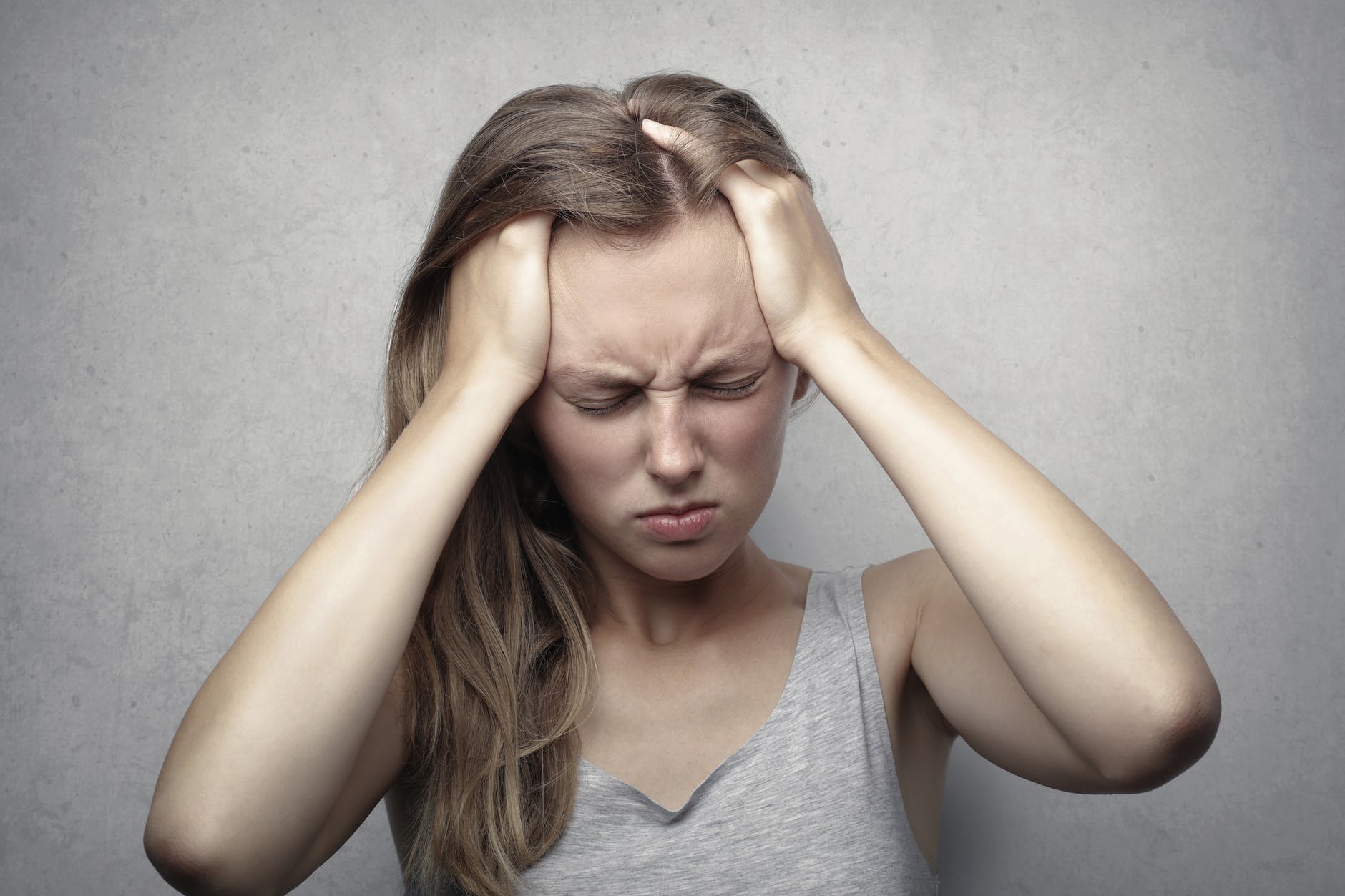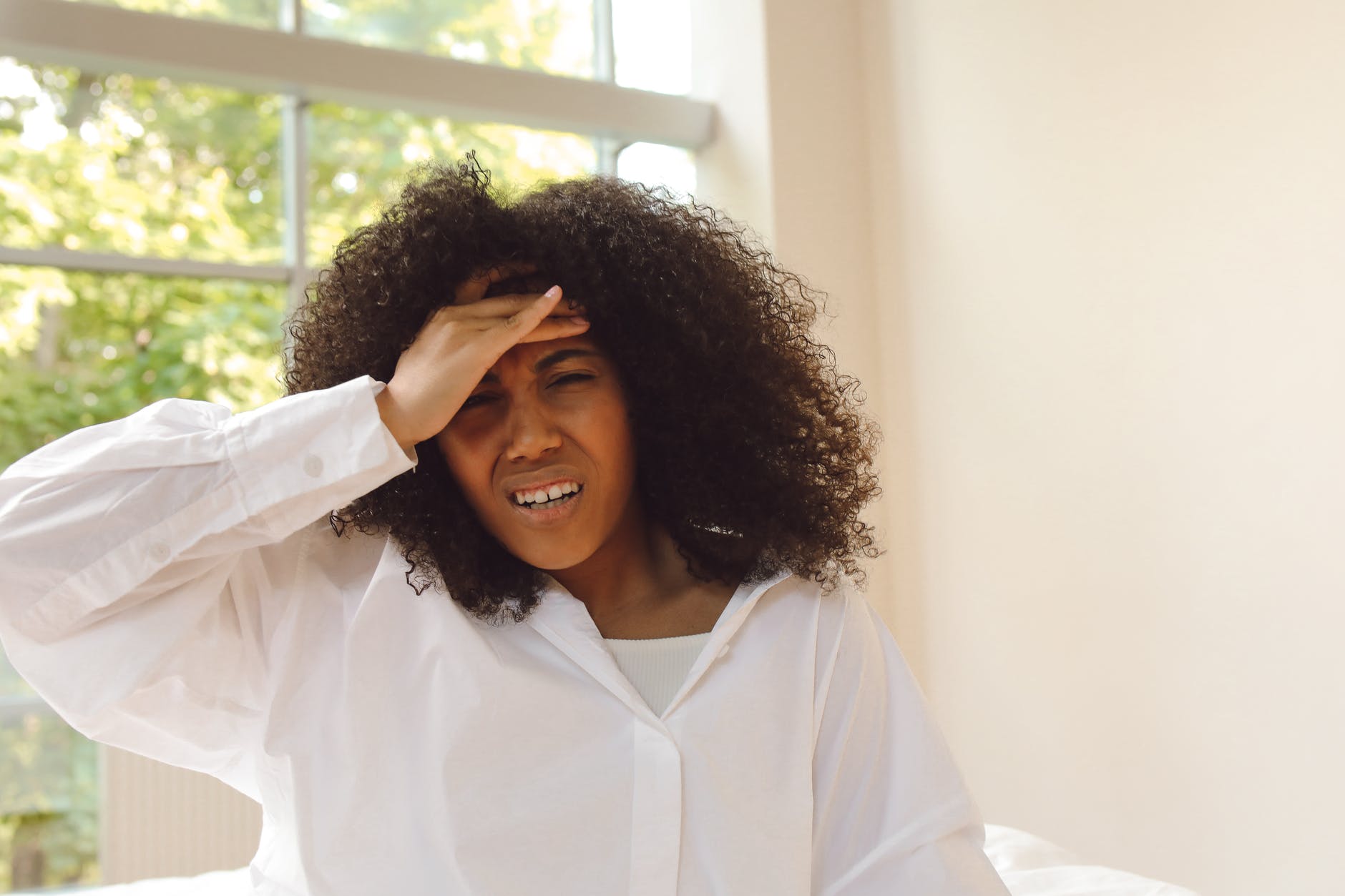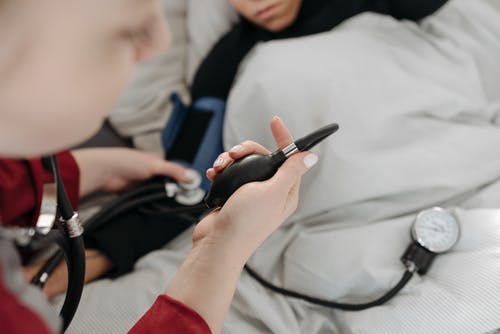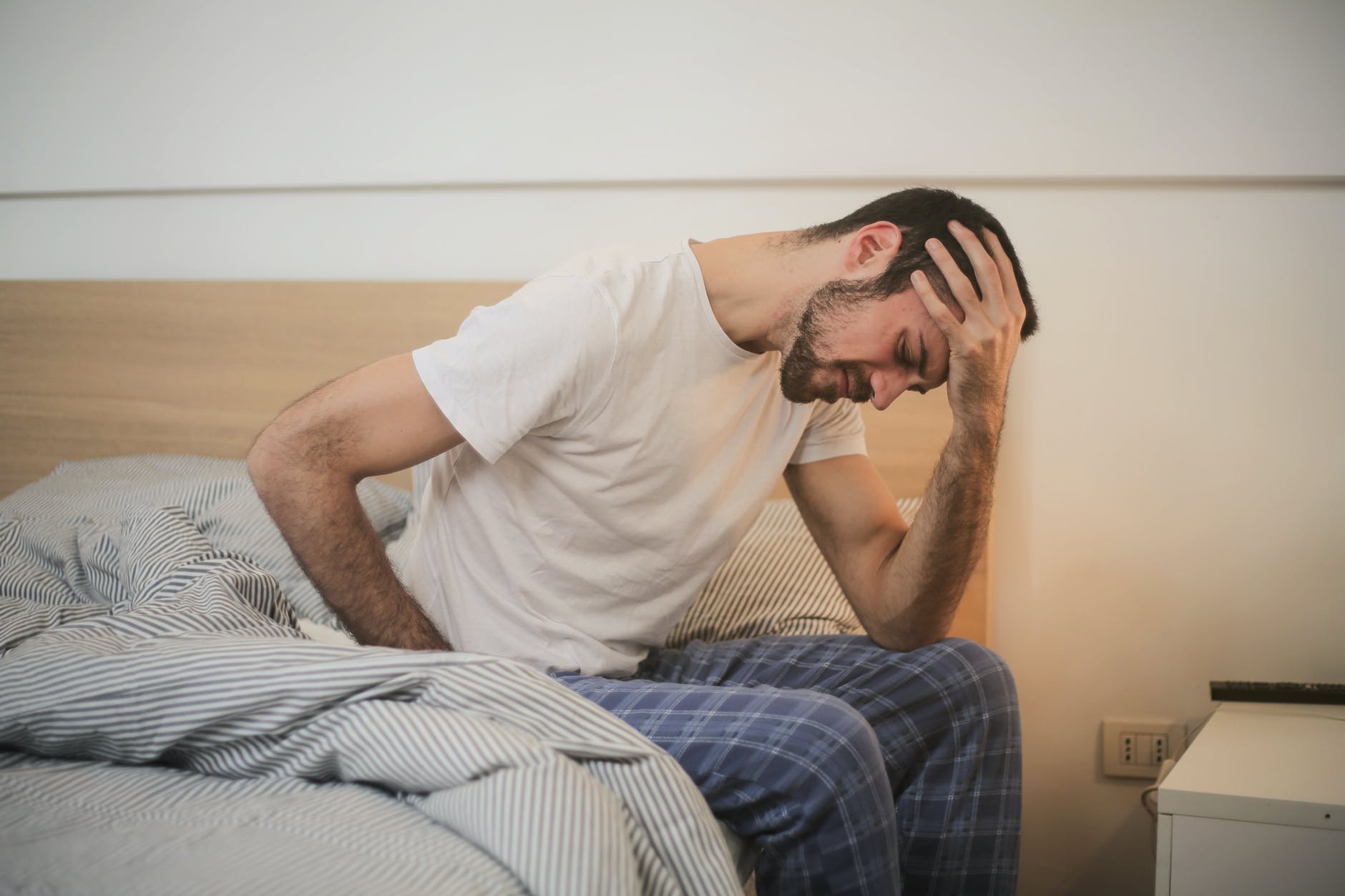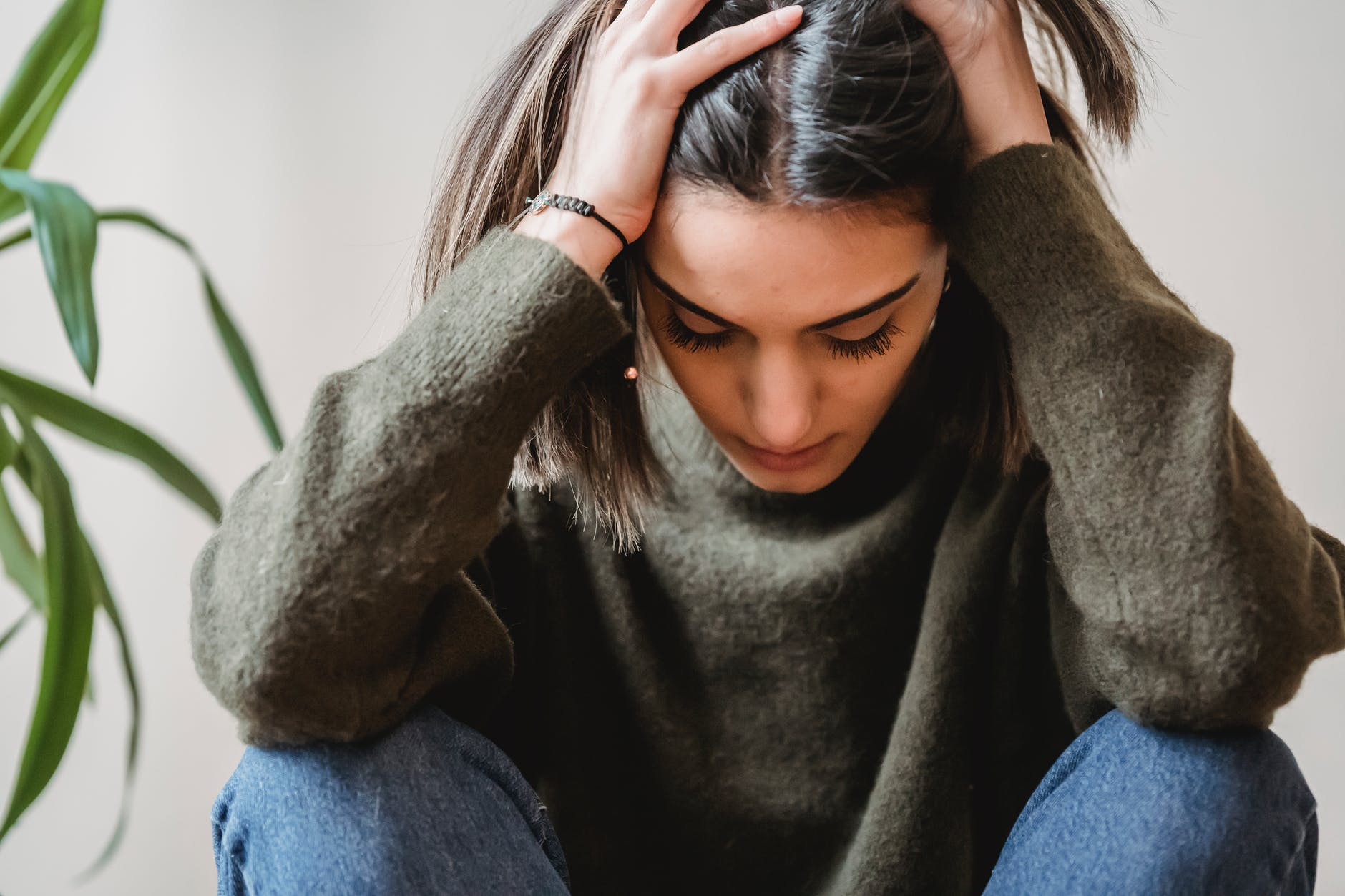All of us in our lives at one point or the other have suffered from headaches. Even the most physically fit person among all has at least once fallen a prey of this ailment. It is undoubtedly one of the most common forms of illness. Headaches usually subside on their own if they are caused by tiredness or fatigue. But, if a headache is accompanied by additional symptoms, such as fever, sensitivity to light, nausea – medical consultation might be required. Therefore, it is important to know the different types of headaches so you can deal with them efficiently.
Headaches can be categorized in two general classes: episodic and chronic.
Episodic Headaches
Episodic headaches usually are the illness themselves. This means that they are not triggered by some other underlying medical condition of yours. Episodic headaches may occur once or twice a month and can be easily cured by OTC (over the counter) medication. Episodic headaches are usually an outcome of sleep deprivation, fatigue and being overworked. A sound sleep, some rest and mild pain relievers can ease your pain in the situation.
Chronic Headaches
Chronic headaches – on the other hands occur more frequently and are usually more intense than the episodic headaches. They are always accompanied by other symptoms because they are usually an outcome of some other ailment you might be suffering from. To heal a chronic headache, you must also address the main health concern, which is causing it in addition to pain medication or therapies.
Here are some common types of chronic and episodic headaches for you to distinguish the two and then treat them accordingly:
1- Sinus Headaches
If your headache is combined with a sharp pain in the cheekbones, forehead and the bridge of the nose, then you have got sinus headache. The cavities present in our head known as sinuses get inflamed and cause a splitting headache. This is usually combined with a runny nose, swollen face and fever.
For sinus headaches, taking hot water steams, herbal teas and hot oil massages can prove effective in addition to the medicines. People who suffer from sinus headaches can get them all year round but they are more prone to it during the winters.
2- Hormonal Headache
Headaches caused by hormonal influx are usually common among women. Commonly linked with PMS (Premenstrual Syndrome), for some women it gets better once the menstruation starts. For others, it lingers on for a few days before it gets better.
Other than PMS, hormonal headaches can also be triggered with birth control pills, during ovulation and with the usage of ECP. These headaches do not necessarily need any medication and subside once your estrogen levels maintain themselves.
3- Caffeine headache
Caffeine works as a stimulant for individuals who have become habitual of consuming a certain amount of caffeine each day. Once you become an addict, your body can be prone to mild to severe headaches in the absence of your daily dose of caffeine. Caffeine related headaches can be severe in people who decide to go cold turkey in an attempt of quitting.
Similarly, for people who are not used to of caffeine consumption can get headaches if they consume too much caffeine too soon. This happens because caffeine accelerates blood flow in the body towards mind. And, for the non-addicts, it can get tricky to handle and headaches can occur as a side-effect.
4- Hypertension Headache
Hypertension is one of the most known culprits of headaches. As your blood pressure goes high, you tend to get pulsating pain on both sides of your head. This should usually be taken as a sign of emergency. Either rush to the ER or call 911.
If you are a patient of hypertension, you can be a victim of chronic headaches. In that case, making some dietary changes can ensure that your blood pressure remains in control.
5- Exercise Headaches
Few people tend to get headaches after a strenuous gym session. Others can get it even after taking a casual stroll or post sex. Exercise headaches – their intensity and frequency vary from person to person and on the state of their overall health. When a person is actively engaged in a sweating physical activity, the muscles around the scalp, neck, head need more blood. The excessive blood flow causes the nerves to swell, which results in headaches.
Exercise headaches can last anywhere from a few hours to a few days. As you get used to of the physical strains, your body gets better in handling the headaches as well.
6- Post-Covid Headache
Patients who have survived and recovered from Covid-19 often experience chronic headaches. These headaches sometimes can be severe enough to make an individual non-functional for an entire day.
7- Stress Induced Headache
Commonly observed in adults and teens, stress induced headaches come and go in ripples. Its intensity is usually mild and it is often linked with mental or psychological strain. This kind of headache usually does not require painkillers. Aroma therapies or head massages can be a great help.
However, if you get reoccurring headaches caused by stress or anxiety, talking to a doctor about it might be a better solution.
8- Rebound Headache
As the name suggests, rebound headaches are reoccurring headaches commonly found in people who take OTC pain relievers on regular basis. Apparently harmless painkillers such as ibuprofen, aspirin and acetaminophen sometimes can do more harm than good. Rebound headaches can also trigger nausea.
9- Post-traumatic Headache
Post-traumatic headaches occur in people who suffer from serious head injuries or undergo major surgeries. This kind of headache is a common side-effect of anaesthesia given at the time of surgery. Usually, these headaches get better once the effect of anaesthesia wears off. Long profound sleep can be really helpful in curing these headaches.
10- Hemicranias Continua
If you get regular episodes of headache on one side of your face and head, chances are that you suffer from hemicrania continua. This usually happens in winters and is accompanied by teary eyes, stuffy nose, or droopy eyelids.
11- Migraine Headaches
Most probably the worst of it all – migraine headaches usually come as a side-effect of constipation or other gastric issues. The best way to describe a migraine is a pounding throbbing pain that can appear either on one or both sides of the head. They can last anywhere from 3 hours to 3 days. People who are prone to migraines can get episodes of it thrice or four-times a month. People who suffer from migraine also face nausea, vomiting and sensitivity to light and noise.
Summing it all up, while headaches are one of the most commonly occurring ailment, they can give you a real tough time. It gets tough for individuals to perform their daily chores efficiently who suffer from chronic headaches. So, do not take it lightly. Address the main issue causing your headache to reoccur and seek the needed medical attention.

